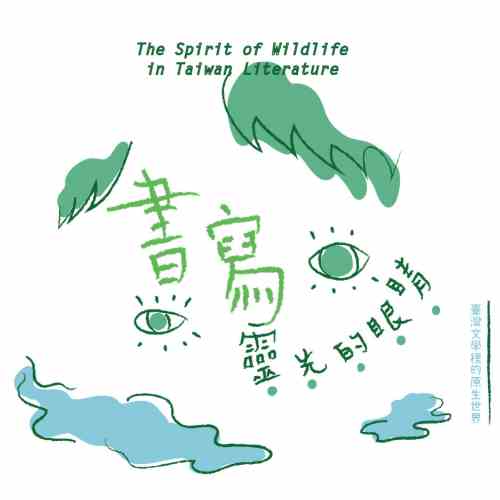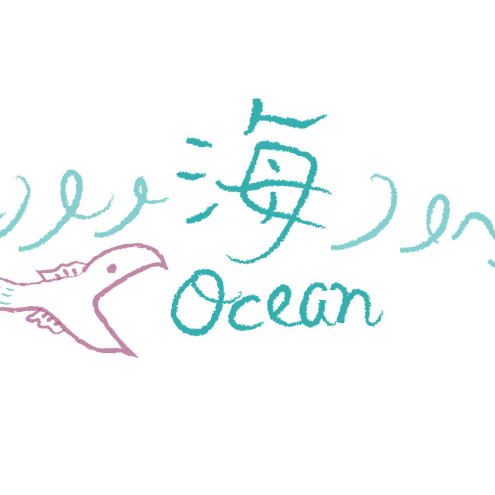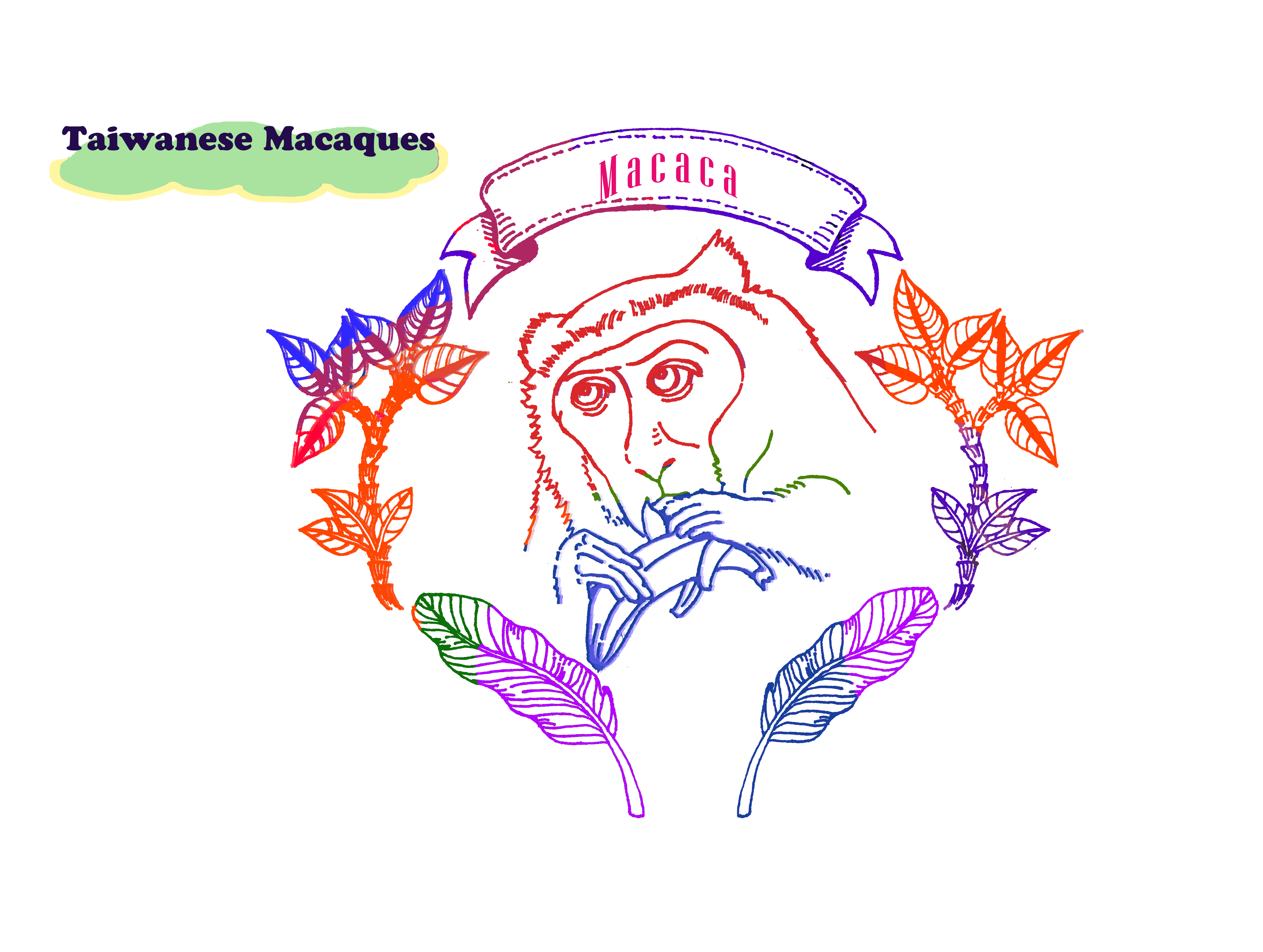
In 2018, the Forestry Bureau of the Council of Agriculture held an inquiry meeting to discuss wildlife conservation and to demote our conservation status to "least concern." However, many experts disagreed with this, as even our population size is disputed.
A lot of humans label us as pests because they say we damage their crops and orchards. But we were the first inhabitants here in Taiwan anyway! We've lived on this land for hundreds of thousands of years. When our once-comfortable habitat was turned into farmland for humans, we were left without a voice.
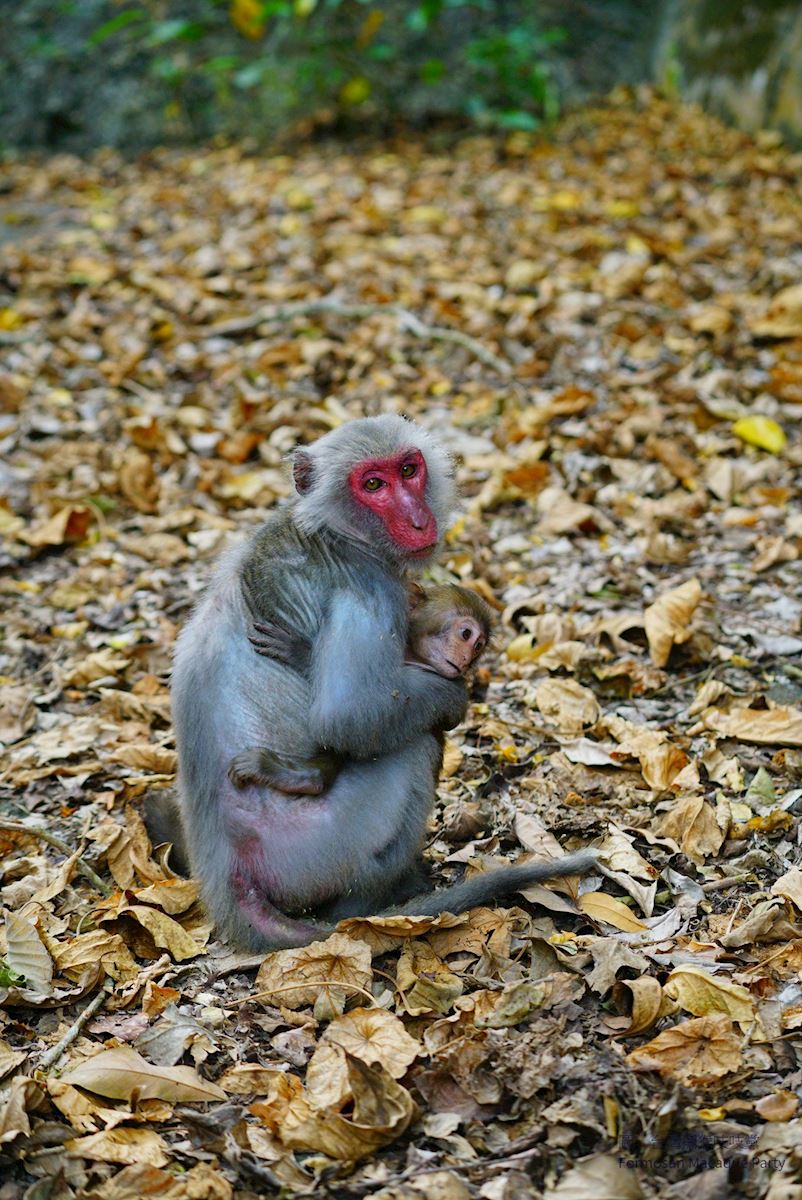
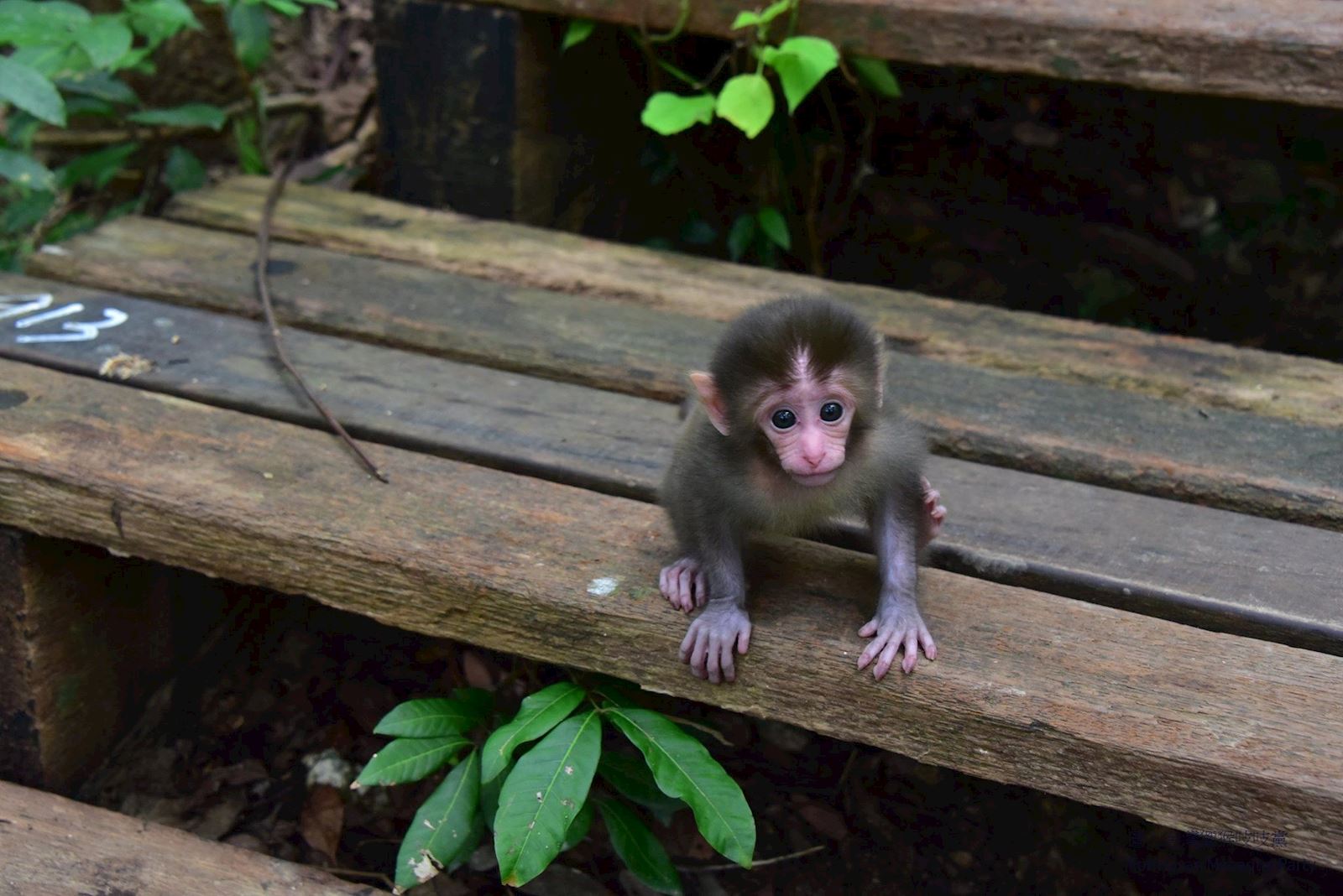
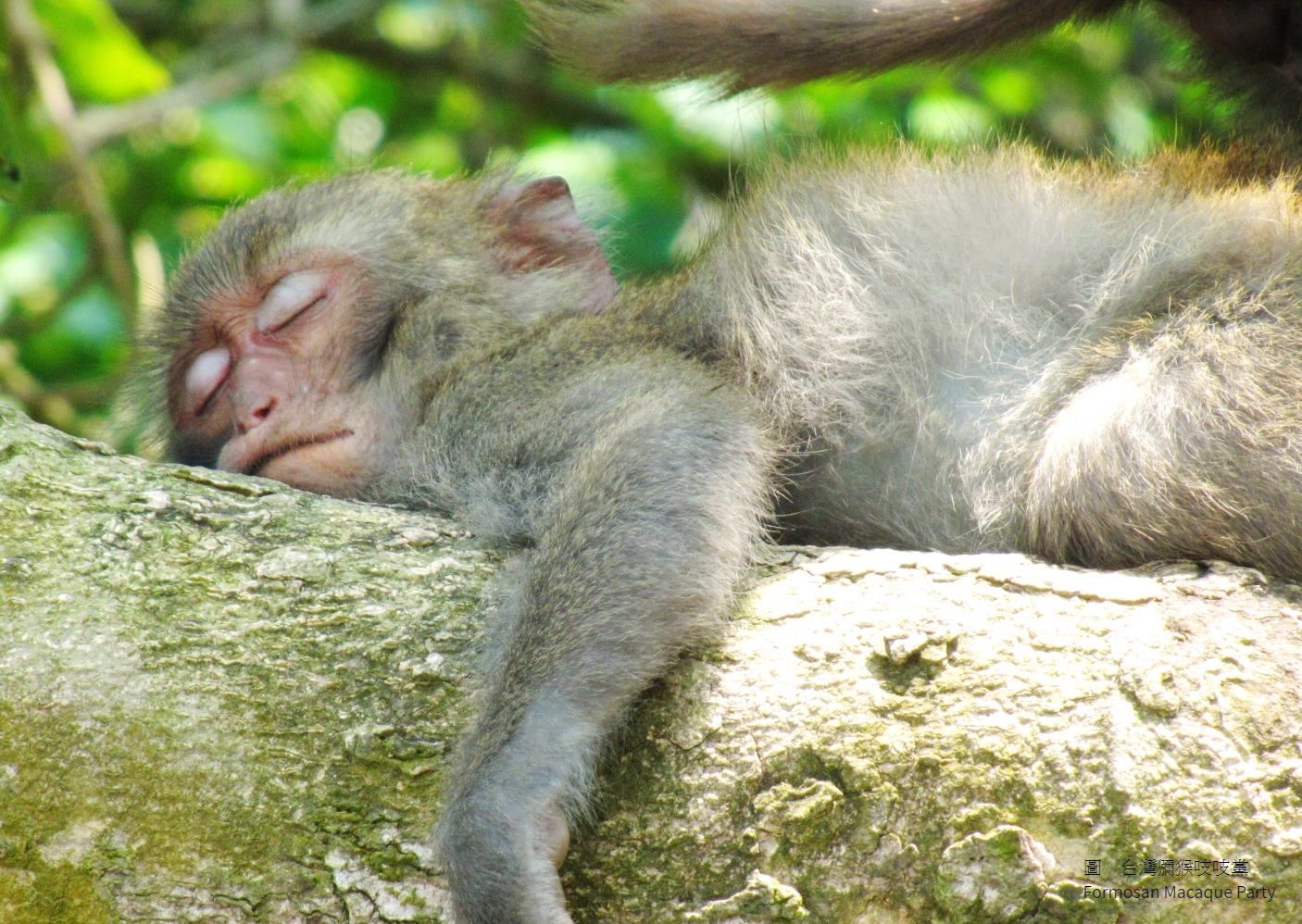
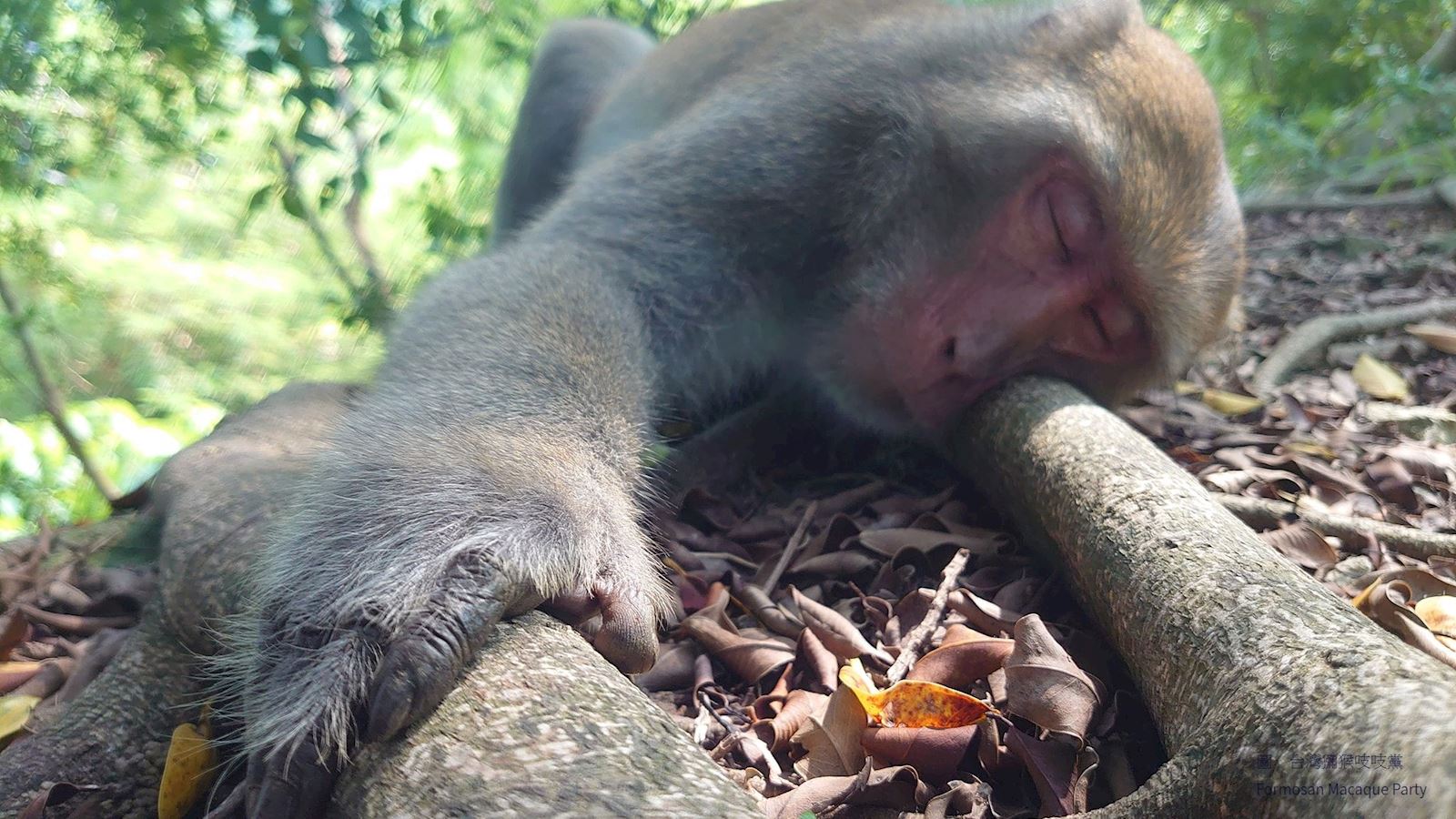
(Provided by Formosan Macaque Party)
In January 1990, a documentary filmmaker built a camera platform in front of a giant chinaberry tree that was home to a group of Taiwanese macaques. The platform, almost as high as the tree itself, caused serious disturbances to the monkey's living conditions. The macaques and I found it unbearable as the workers transported the materials to the site and created a giant ruckus during construction. One day, a worker guffawed and pointed at a small, cheeky monkey peeking from behind a tree trunk, saying, "Hey, guys! Stop fooling around! The foreman is watching us from behind that tree!" It was then that I decided to leave the area for a while.
——Hsu Jen-Hsiu, "Dirge of the Monkey King," Ape Howls of the Monsoon Forest.
Hsu Jen-Hsiu's Ape Howls of the Monsoon Forest is the first written work in Taiwan to focus on Taiwanese macaques. Hsu spent two years observing monkeys in the tropical monsoon forests of Kenting, where he documented in both prose and film their behaviors and interactions with humans. Aside from vicariously experiencing the rich and fertile wilderness, readers are reminded to reflect frequently on the relationship between human civilization and the natural world.
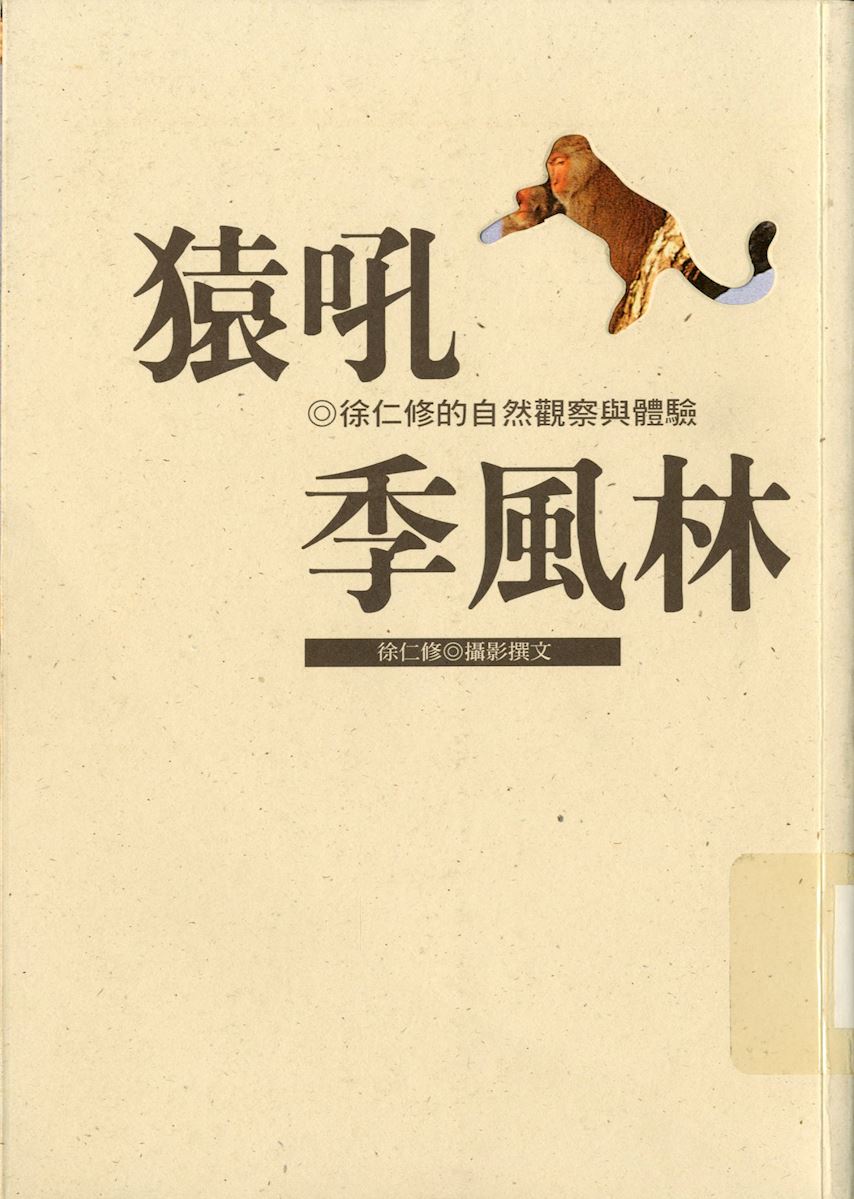
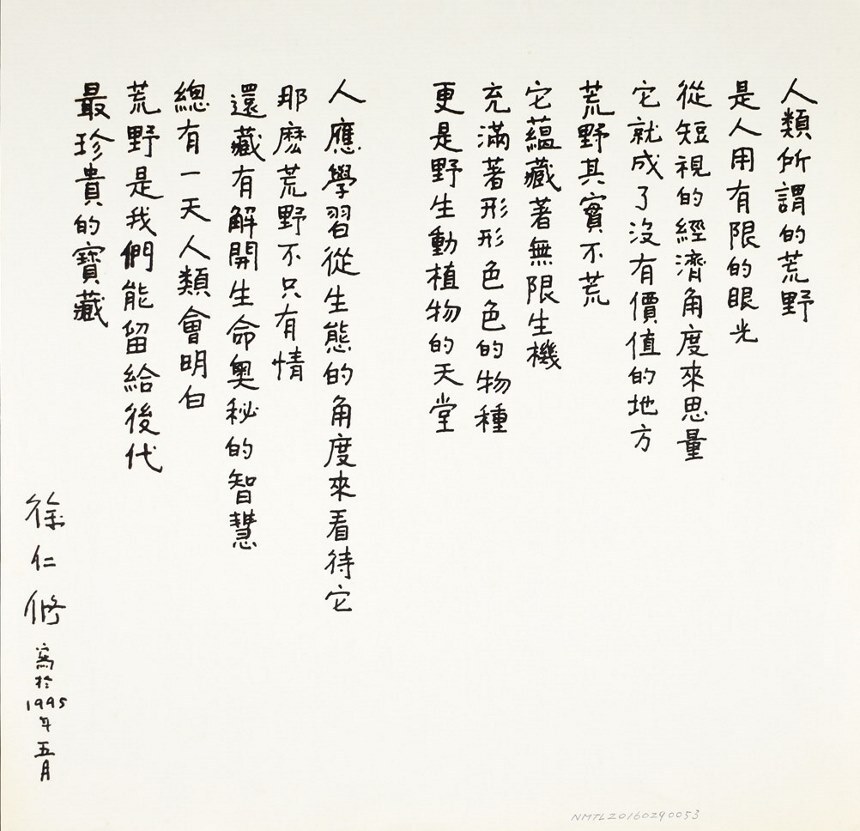
📖 Hsu Jen-Hsiu, Ape Howls of the Monsoon Forest, Yuan-Liou Publishing Co. Ltd.
The author, Hsu Jen-Hsiu, stayed in Hengchun’s monsoon forest for a long period of time to observe and document the lives of an ape family.
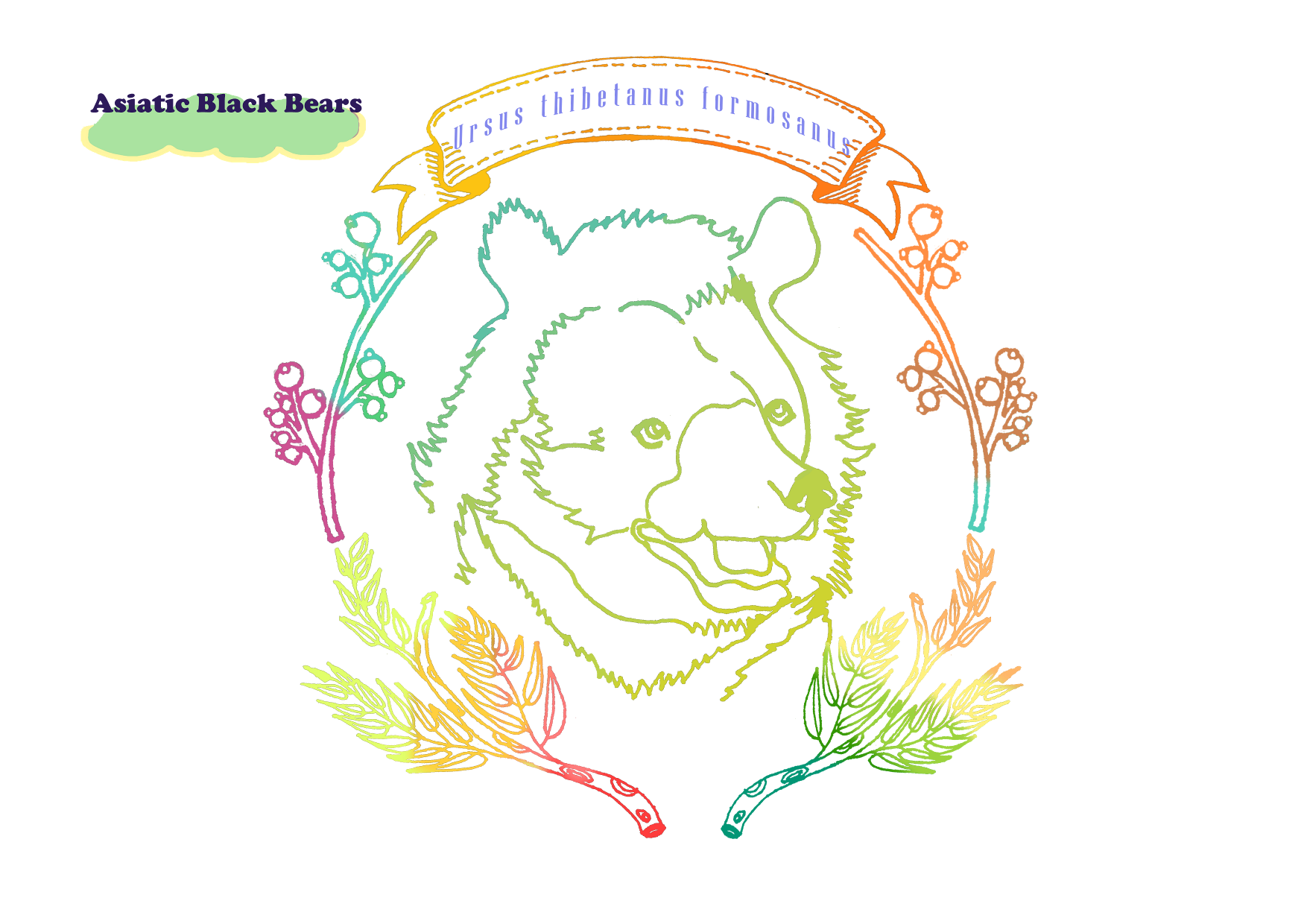
I used to be ignored by everyone, but thanks to my distant relative, the panda, I've suddenly gotten a lot more attention. I'm so happy that people care about me, though I can't help but laugh when some of them say that I'm more ferocious than a panda bear. I don't actively attack people, nor have there been recorded instances of me doing so.
We're quite sensitive towards humans. Because we tend to sneak around without leaving much evidence, it's hard to say how many of us there actually are. Some place the estimate between 200 and 600 bears, so though we're protected, we're also on the brink of extinction.
Lately we've been frequently spotted around low-elevation mountainous areas. As a reminder, please remember to keep a distance from us! A good way to be considerate of us is to not bother or disturb us.
In July 2018, our friends, a cub in Nan'an was separated from its mother. At the time, he was only 4-5 months old. The Taiwan Black Bear Conservation Association, an organization that has shown their care for us for a long time, and the Forestry Bureau decided to take the little bear and care for it, while also training it to survive in the wild on its own. After nine months, the Nan'an cub was successfully released back into the wild and familiar forest. Thank you all for saving one of our kind!
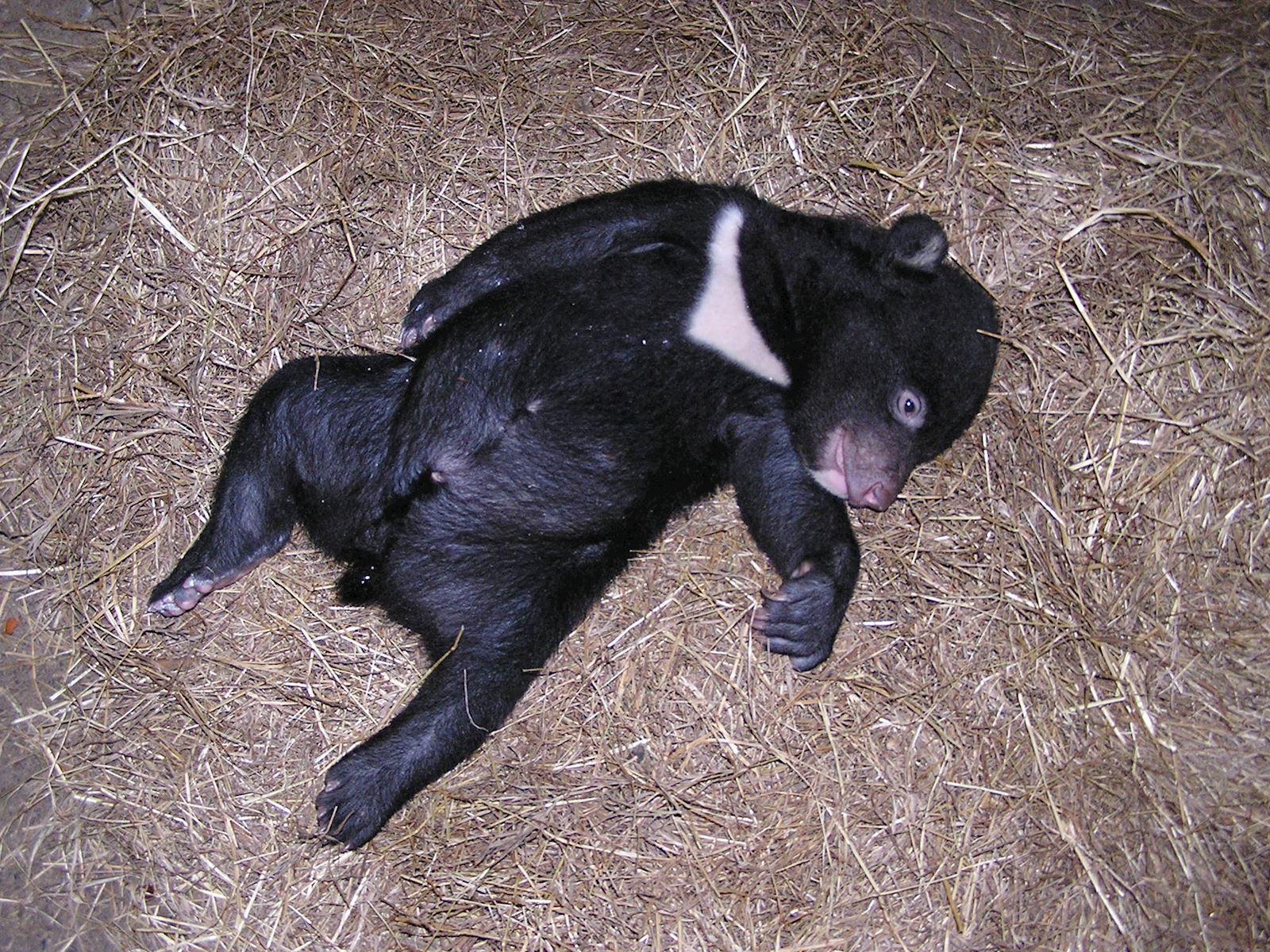
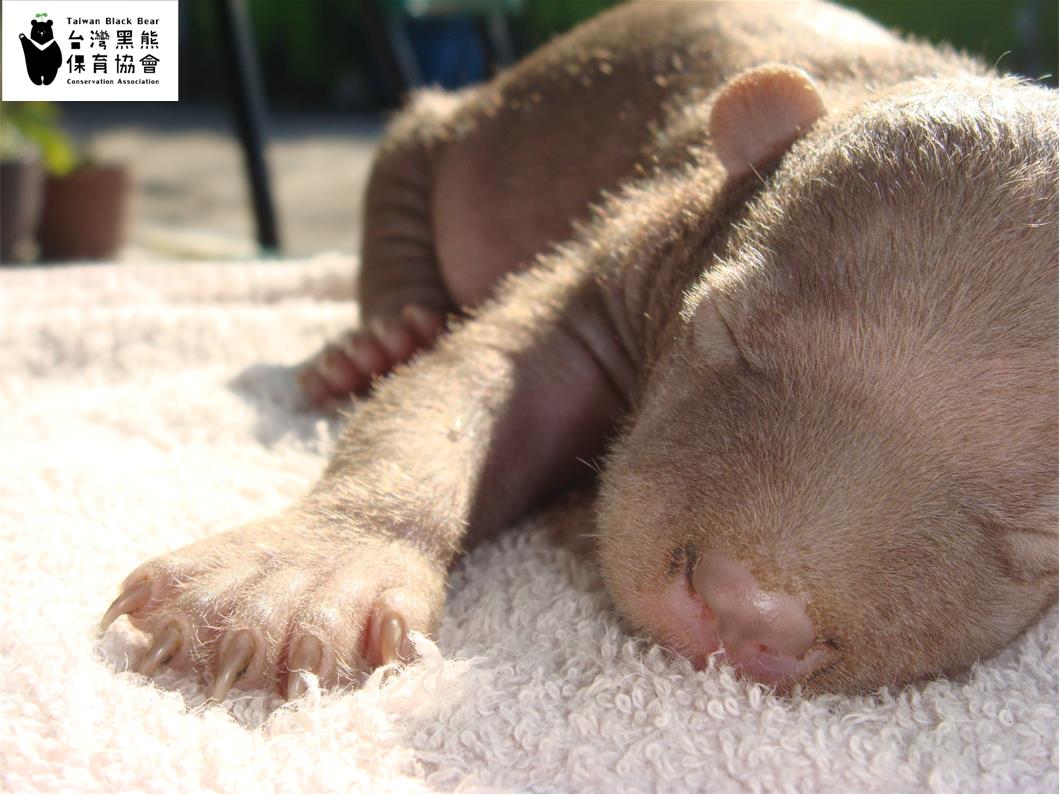
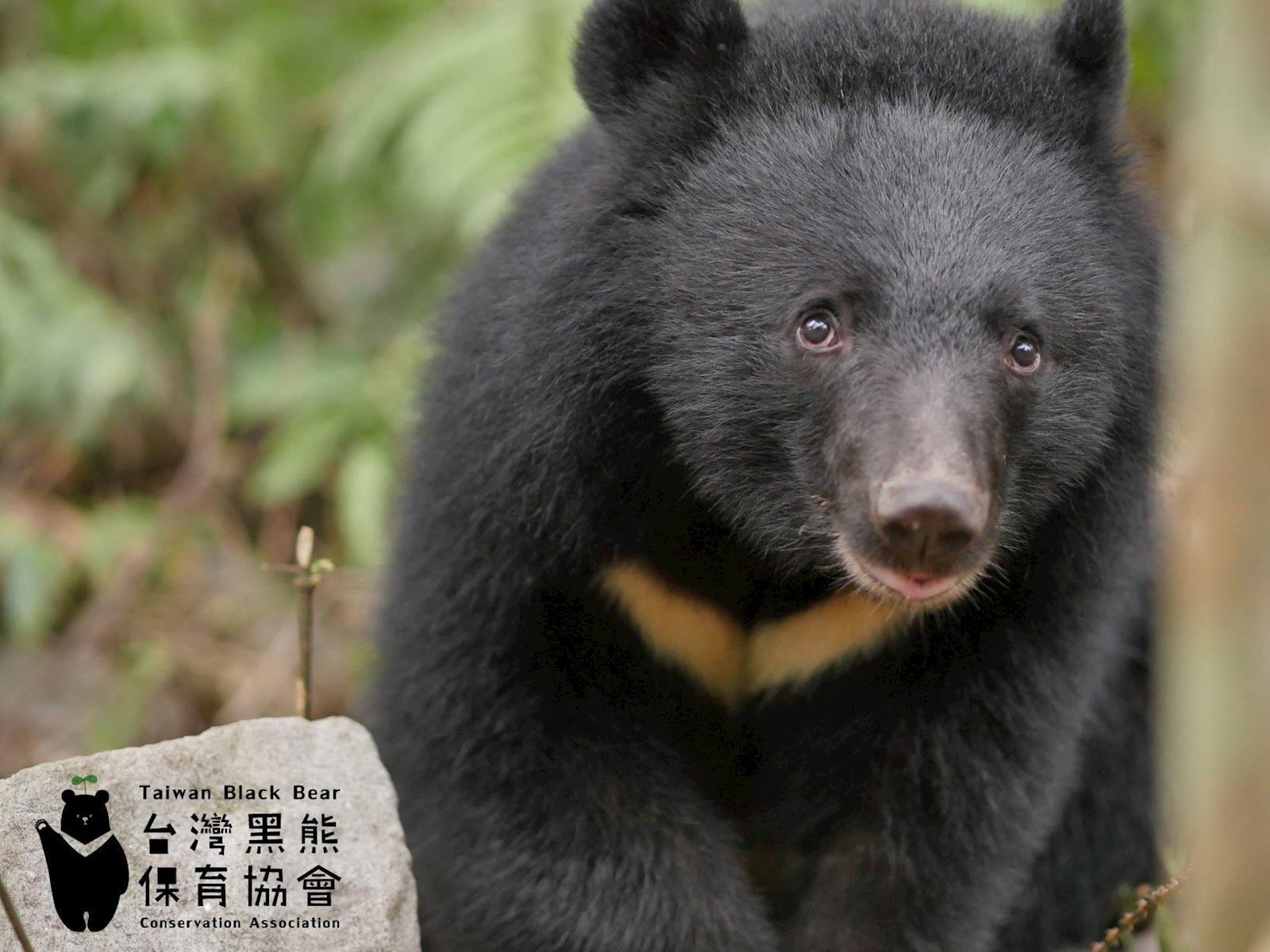
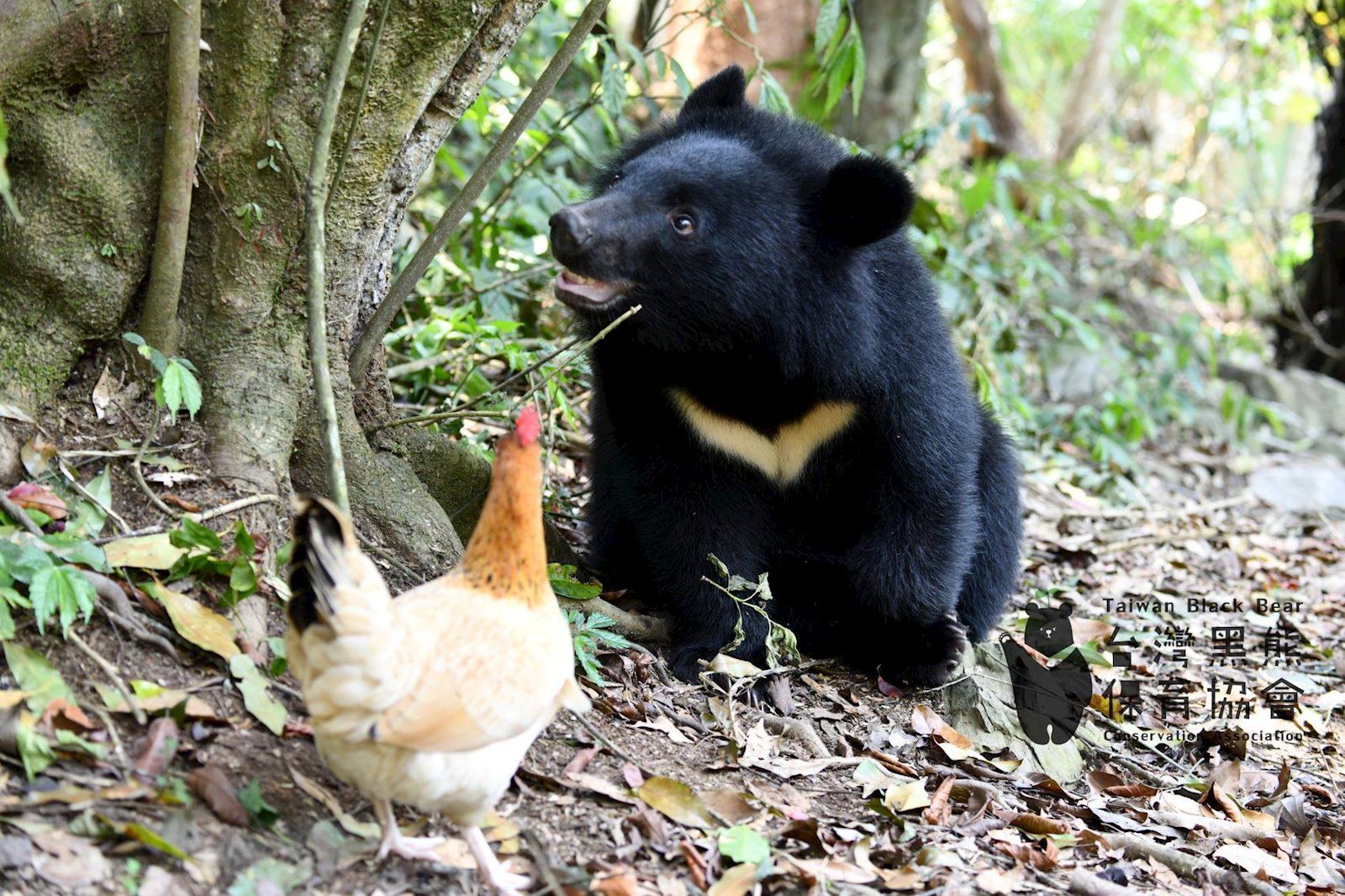
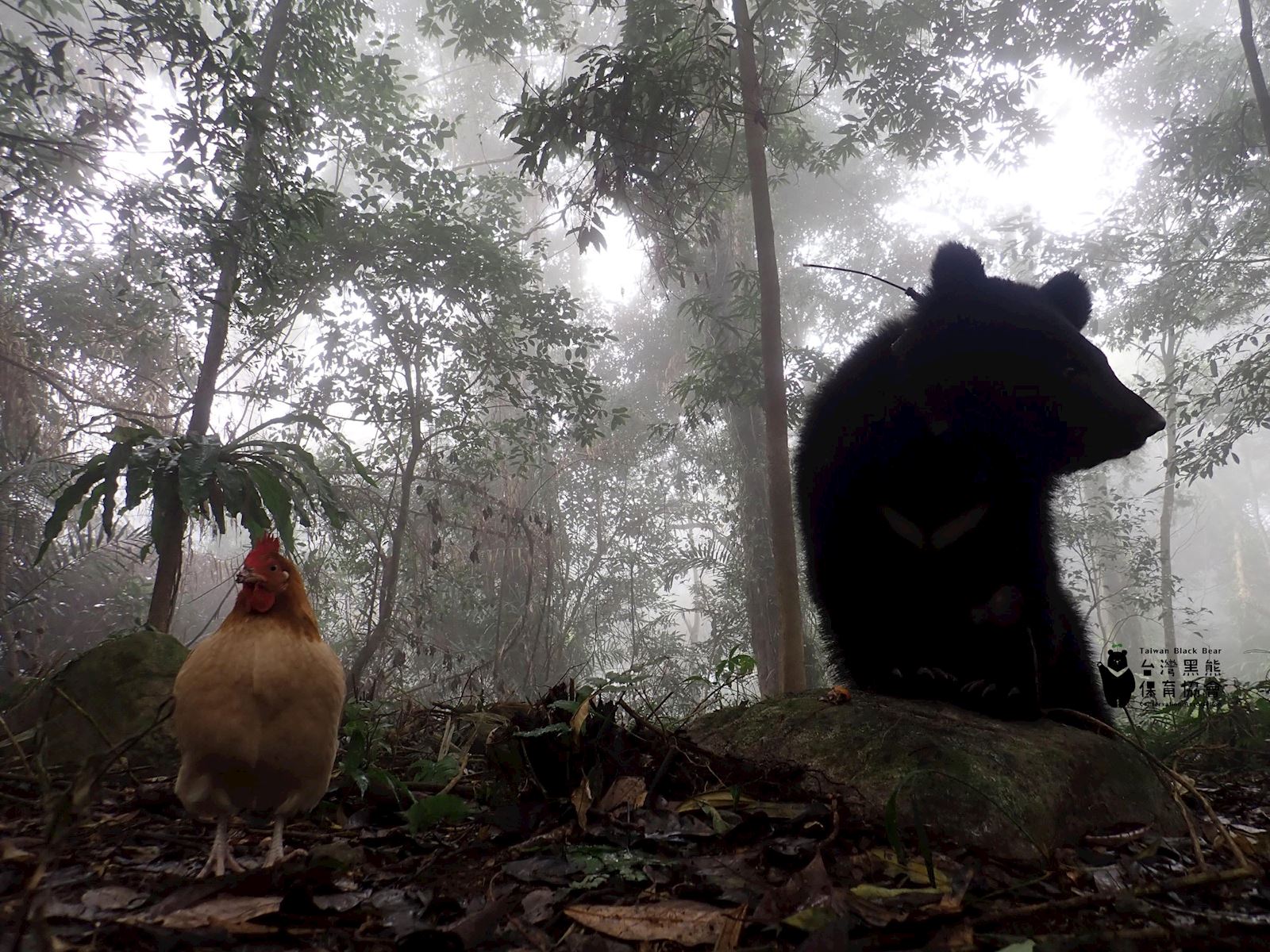
(Provided by Formosan Black Bear Conservation Association)
How did Tutumaz die?
Its body, bearing the marks of a violent death, was discussed and pondered by humans both near and far. Who killed Tutumaz?
Was it the people in the mountains?
Was it a mountain climber?
Was it a hunter?
But don't forget...
you are also one of those who brought civilization, who brought "country,"
and who brought destruction
long before Tutumaz drew its first breath.
——Neqou Soqluman, "The Death of a Tutumaz," I Hear Malastapang in the Mountains.
Taiwan's indigenous Bunun tribe refers to the Asiatic Black Bear as 'Tutumaz', which means "a grand hero who is courageous and strong." The black bear, which is revered by the tribe, often appears in many tribal legends. Because of the tribe's strict adherence to hunting taboos, they will not hunt the bears.
According to legend, Bunun women need only a single grain of rice to make an entire pot full of cooked rice. One day, a woman felt lazy and dumped an entire bag of rice into the pot. The rice spewed out of the pot and was about to fill the whole house up until a black bear came and ate it all up, thus preventing a disaster.
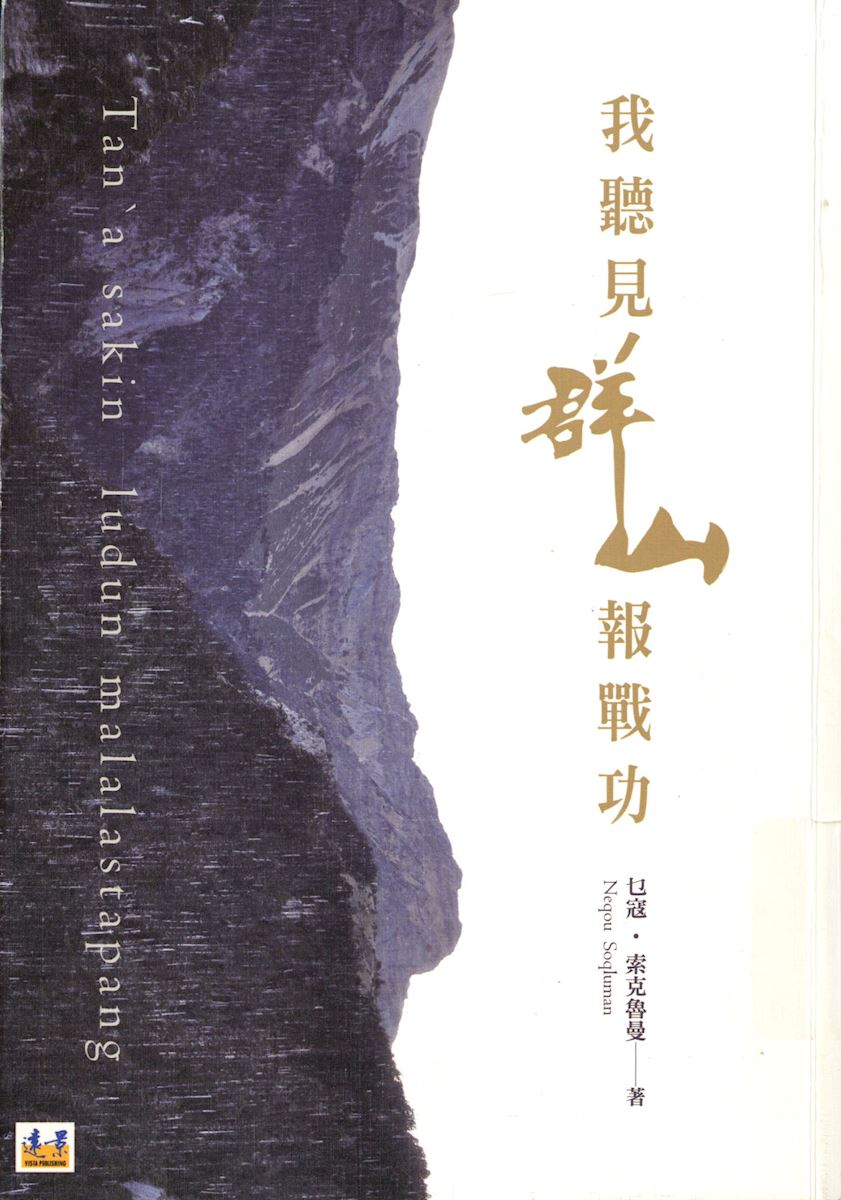
📖 Neqou Soqluman, I Hear Malastapang in the Mountains, Vista Publishing
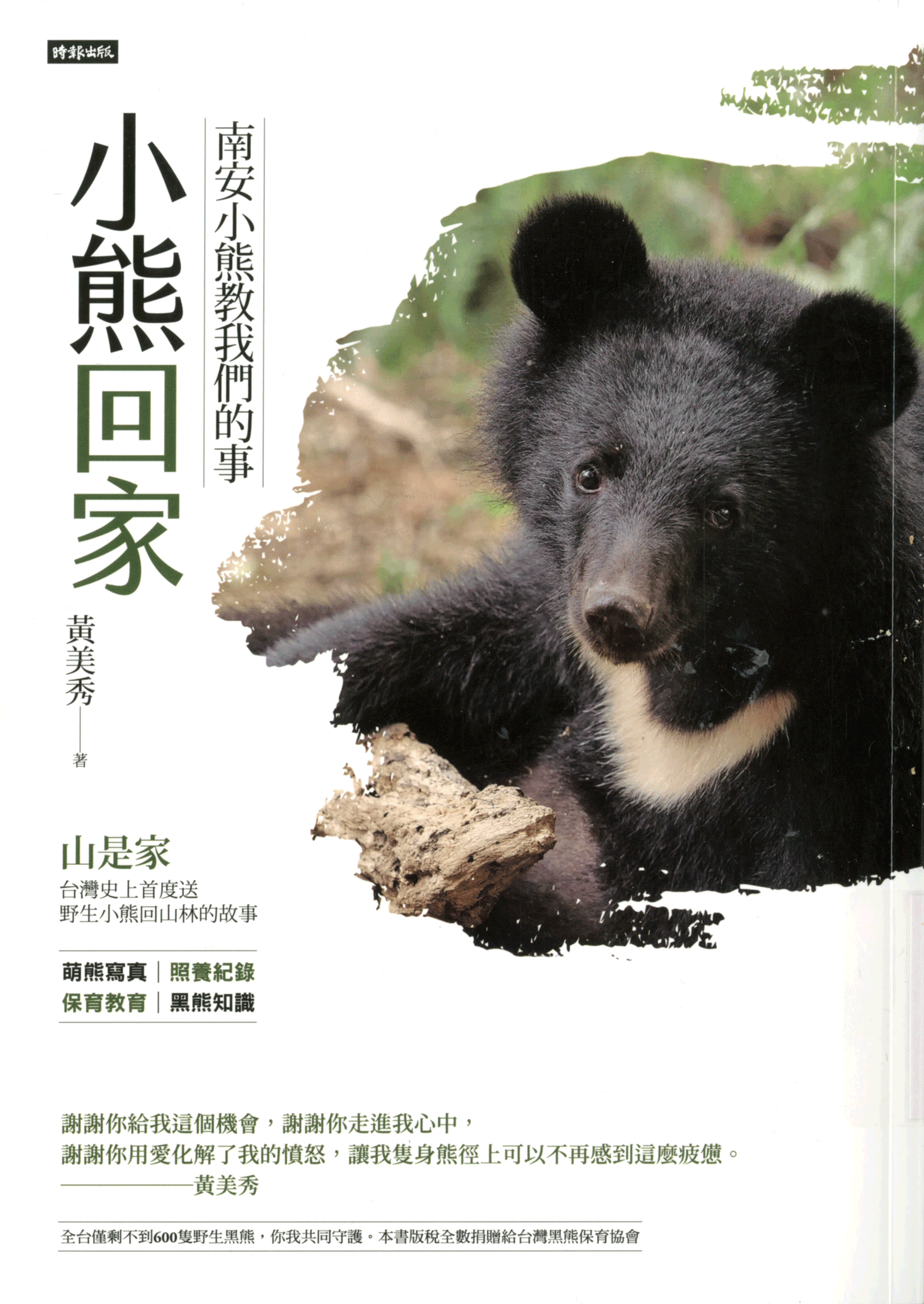
📖 Hwang Mei-Hsiu, Cubs Going Home: What the Nan’an Cub Taught Us, China Times Publishing Co.
In 2018, a cub was found separated from its mother near the Nan’an waterfall in Hualien and came under the care of black bear conservation researcher Hwang Mei-Hsiu and her team. In this book, she documents how the cub was taken care of, trained, and released back into the wild.
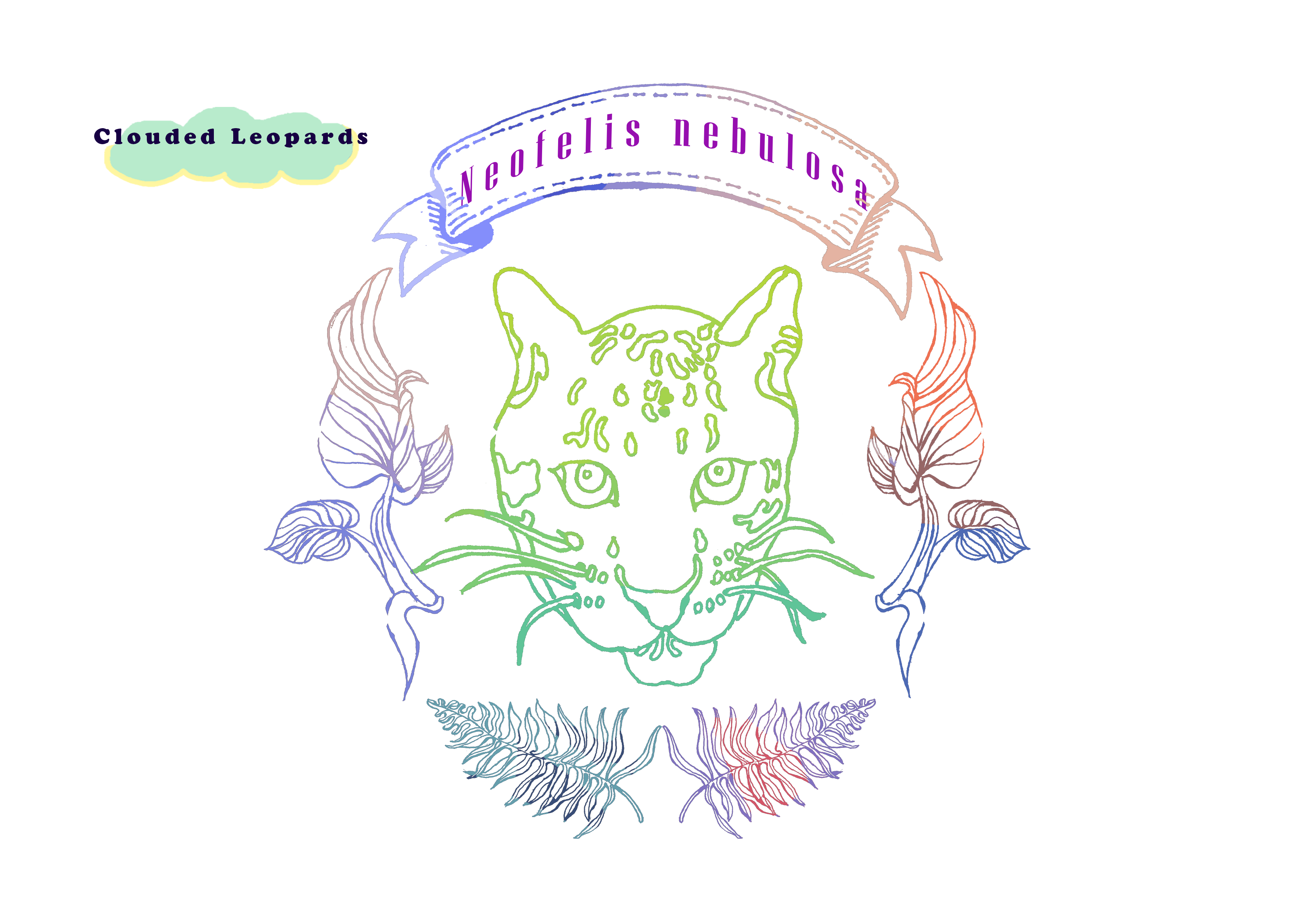
Earlier this year, several people from the Alangyi tribe announced that they had seen traces of my presence and were going to conduct an independent investigation. Even though no visual evidence was provided to verify their claims, the news alone was enough to excite the country, since I had been declared extinct in 2014. A long-term expert on clouded leopards pointed out that over-development in mountain forest areas is responsible for my disappearance.
A lot of people are curious about our existence, especially since researchers have long been unable to gather visual records of our lives. However, certain indigenous groups that are more active in mountainous areas have claimed that they have seen us.
Do you want to know where I've been hiding all this time? "The clouded leopard has always been in my heart," an elder of the Drekay people once said.
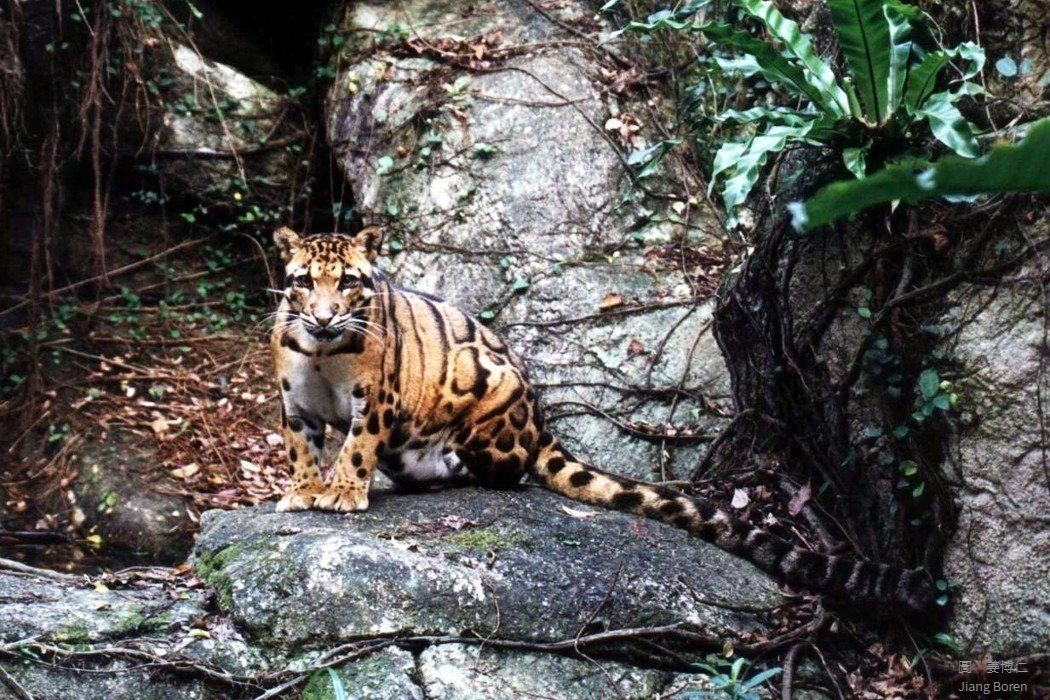
(Provided by Jiang Boren)
Of course, Guan knew that a group in search for clouded leopards had deployed over a thousand cameras. Over a combined total of 160,000 workdays, the cameras had taken millions of photos, and yet not a single shot contained the elusive animal. In other countries where clouded leopards live, photos of clouded leopards are captured on film infrequently, but still on occasion. These ten cameras were now engaged in what seemed to be a hopeless mission. Kuan's goal wasn't to find the clouded leopard, but rather to experience what people in those stories felt. If A-Pao also journeyed into the mountain like him, he too would have come in vain.
Why are humans not allowed to do anything futile? Isn't living itself a futile endeavor?
──Wu Ming-yi, "The Clouds are Two Thousand Kilometers Up," The Land of Little Rain.
This novel revolves around the Drekay legend of the clouded leopard. According to this legend, the ancestors of the Drekay encountered a clouded leopard that guided them during their migration. After traversing many mountains, the leopard stopped at the Old Haocha Village (known as Kucapungane in the Drekay language) and lingered there, unwilling to leave. The tribe thus built their village there, which later earned a reputation as "Home of the Clouded Leopards." To the people of Kucapungane, the clouded leopard is a god incarnate and part of their beliefs. Accidentally killing a clouded leopard is believed to bring severe consequences.
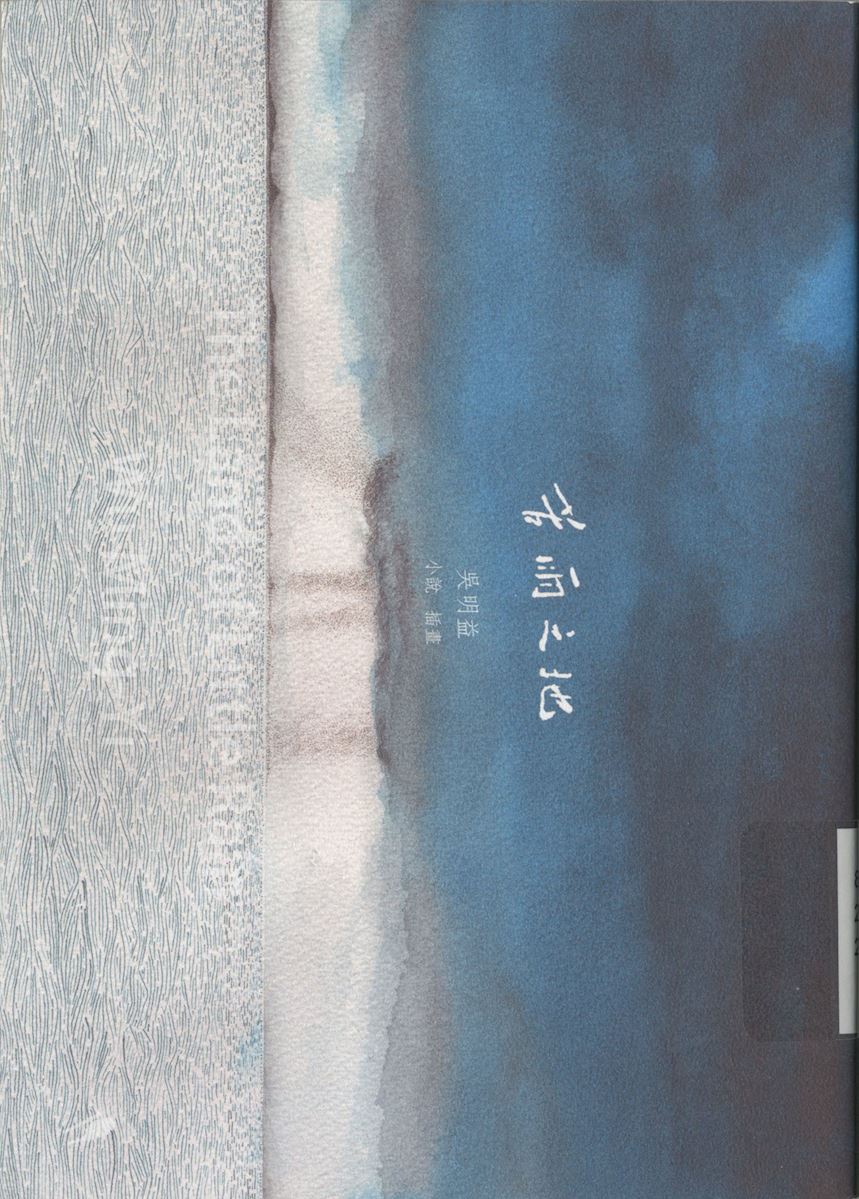
📖 Wu Ming-yi, The Land of Little Rain, Thinkingdom Media Group Ltd.
This book is a compilation of six fiction stories that explore the relationship between humans, the land they live on, and nature.
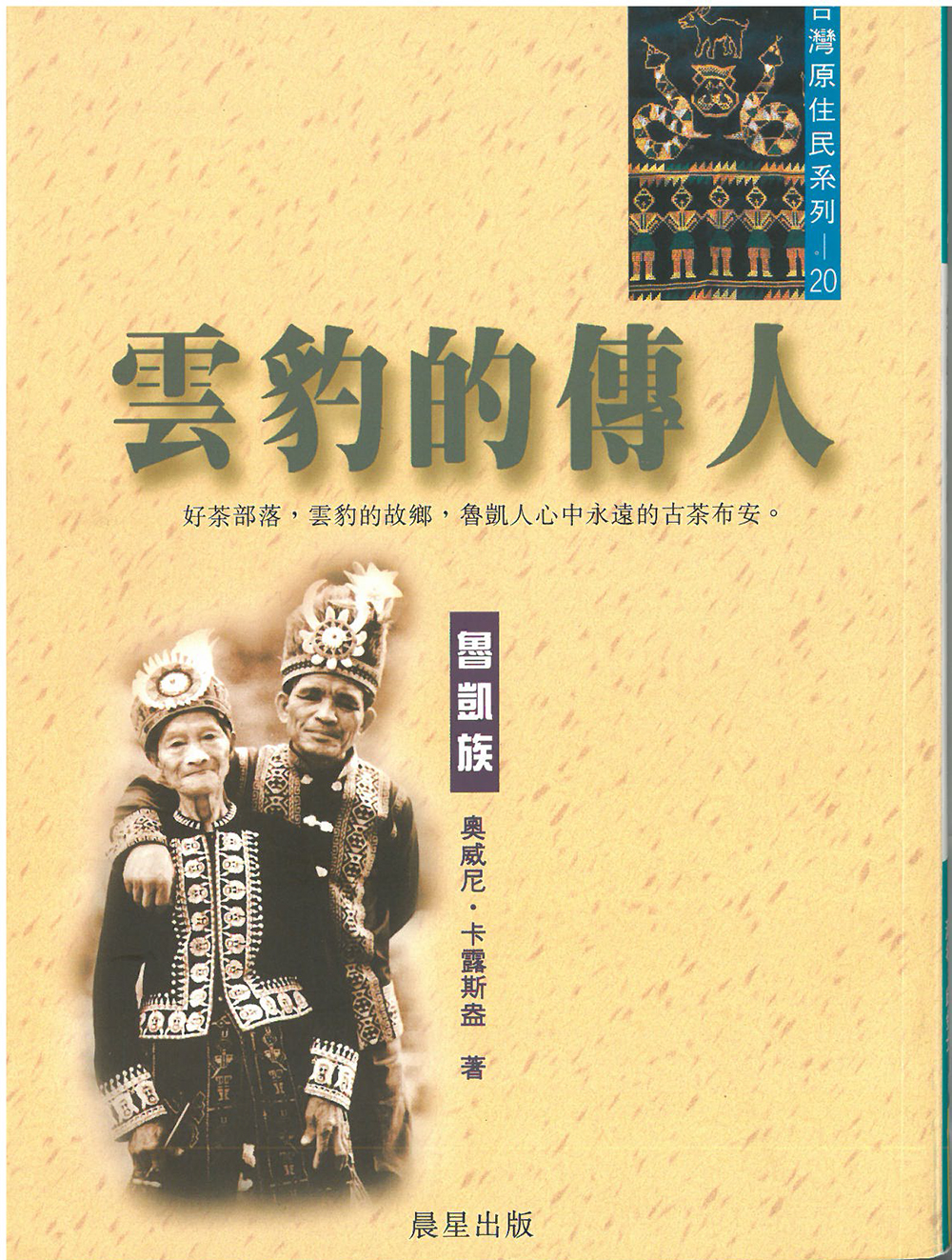
📖 Auvini Kadresengan, Successors of the Clouded Leopard—Series Title: Book 20 of the Taiwanese Indigenous Peoples Series, MorningStar Publishing
The author, Auvini.Kadreseng, is an indigenous Drekay (Rukai) from the Old Haocha tribe. He has long dedicated himself to the preservation of Drekay culture, legends, and historical heritage.
🎬 (Provided by: Taipei Zoo)
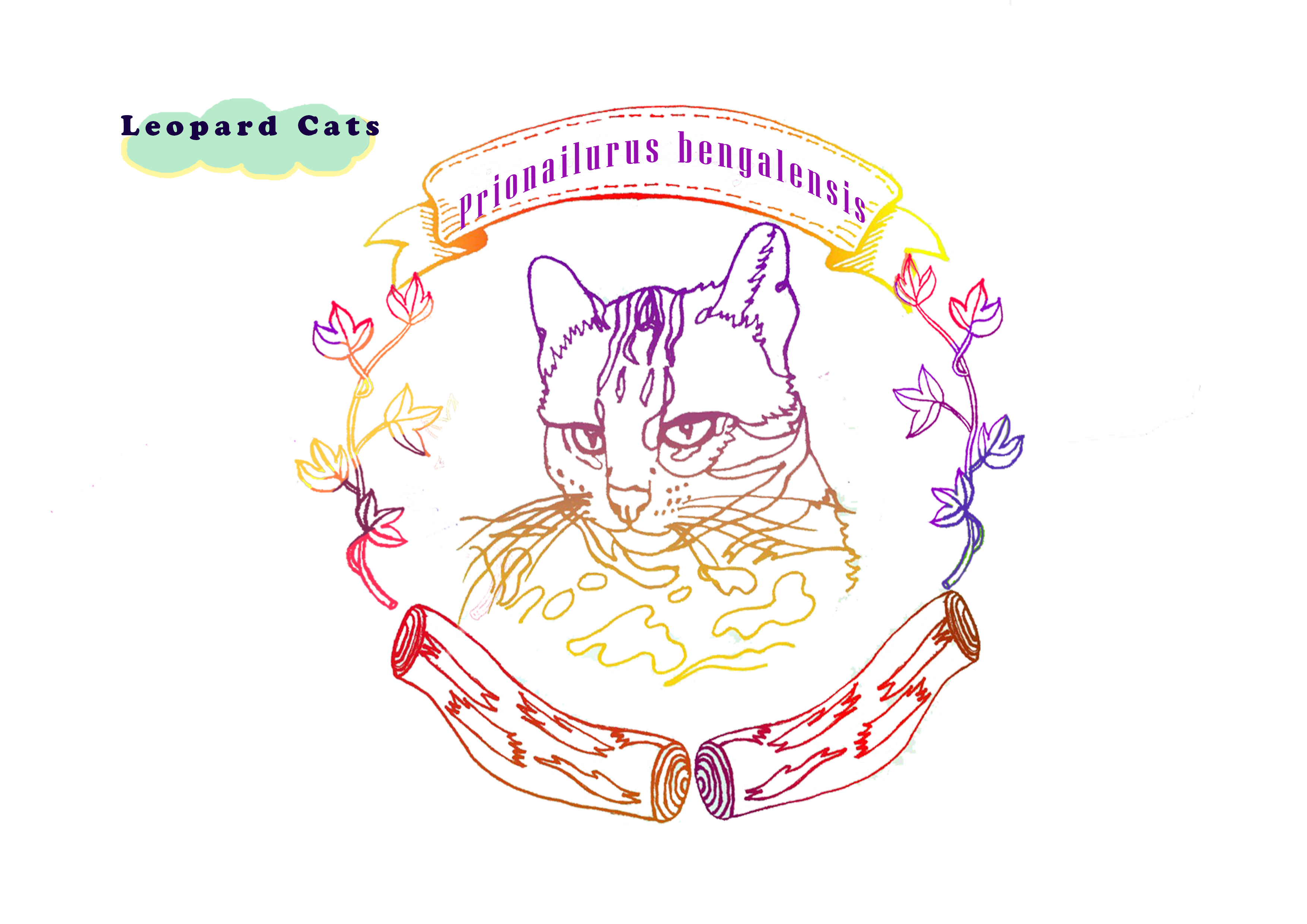
People always confuse us with house cats. It is true ... We look really similar, after all. But the difference is that we leopard cats are native and endemic to Taiwan. Though we're part of the Felidae (cat) family, we're wild, predatory animals through-and-through. We also don't bury our poop like house cats. The biggest difference of all is our eyes. White stripes on the inner corner of each eye run up our heads, and behind our ears are distinct patches of white fur.
We mostly live in low-lying mountainous areas, so we run into humans very often. Cars, animal traps, diseases carried by stray animals, and the loss of our habitat are all threats to our survival. As of now, there are fewer than 600 of us left. In 2019 alone, we’ve lost over 10 friends because of roadkill incidents in Miaoli. We really hope that humans will pay more attention to our safety.
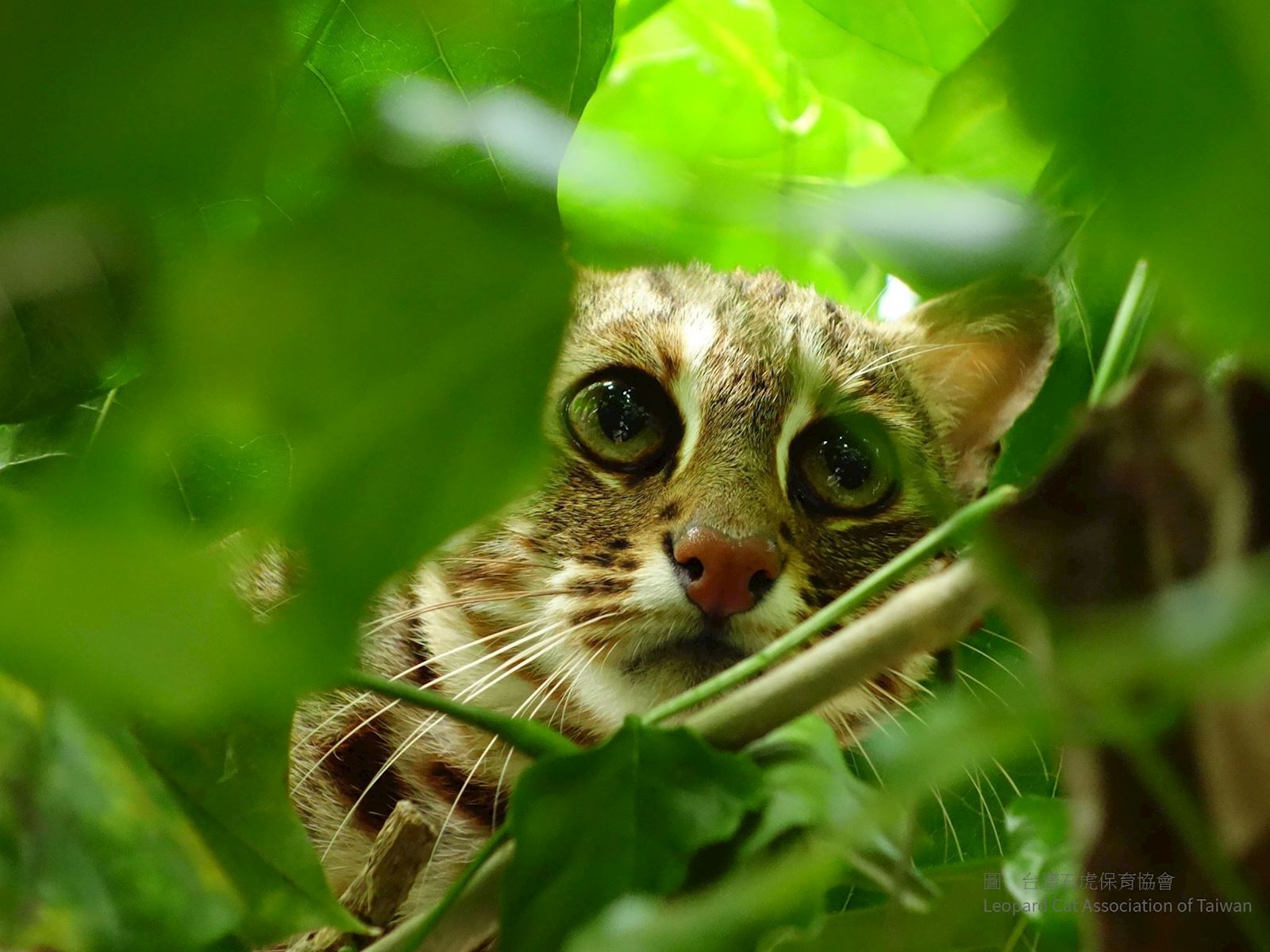
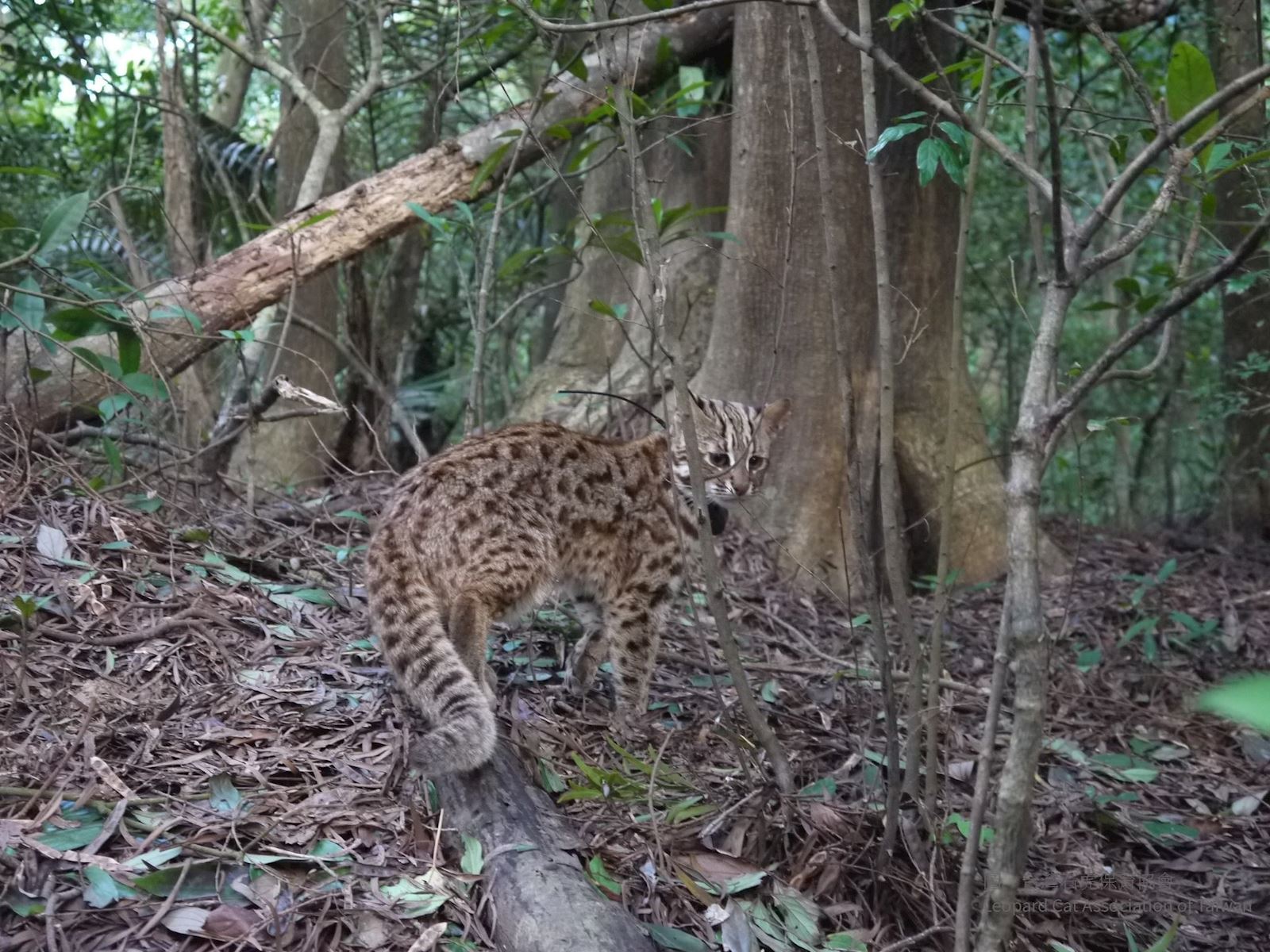
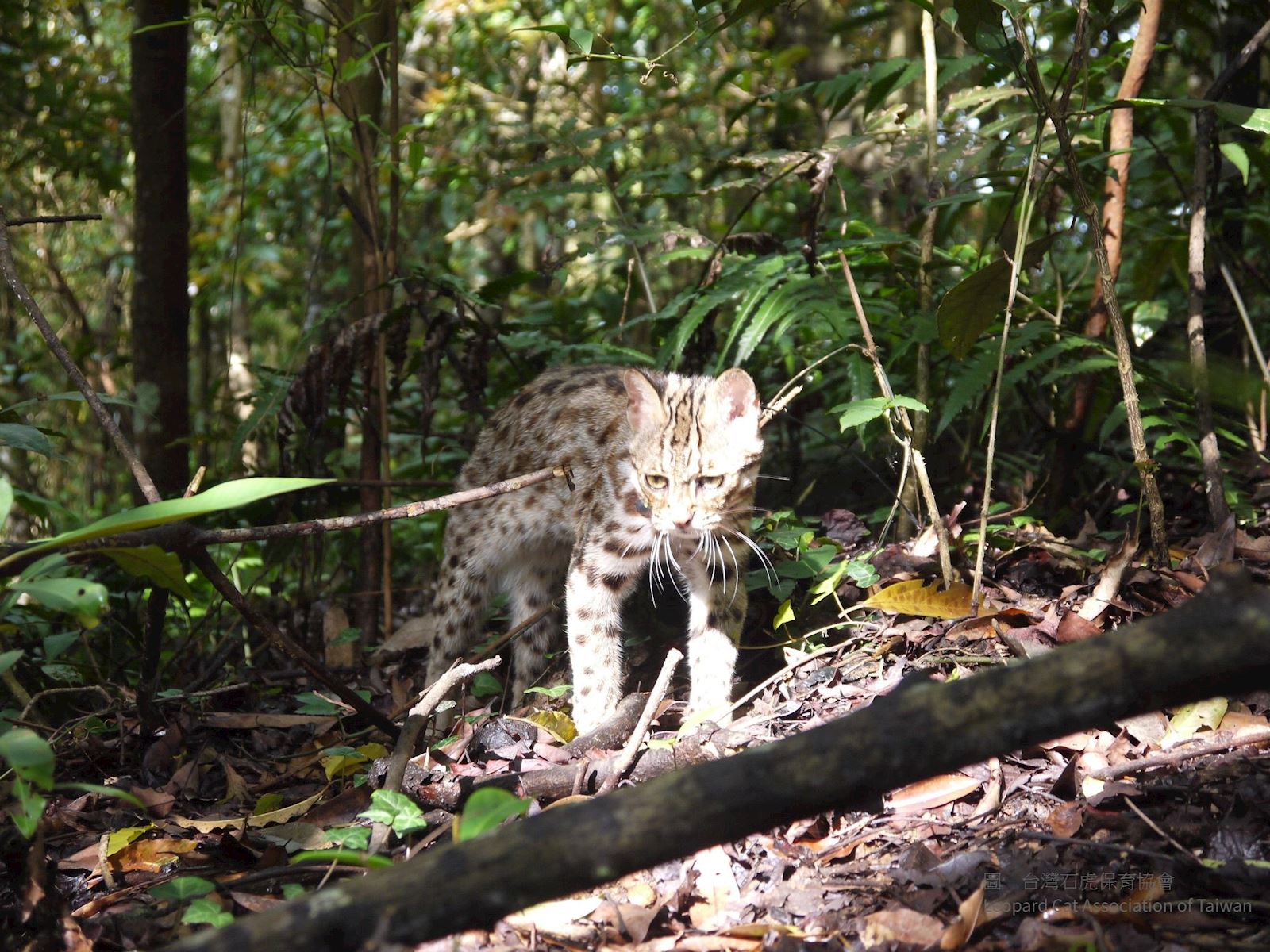
Wireless trackers are placed on the leopard cats’ necks to trace their range of activity. (Provided by Taiwan Leopard Cats Conservation Association)
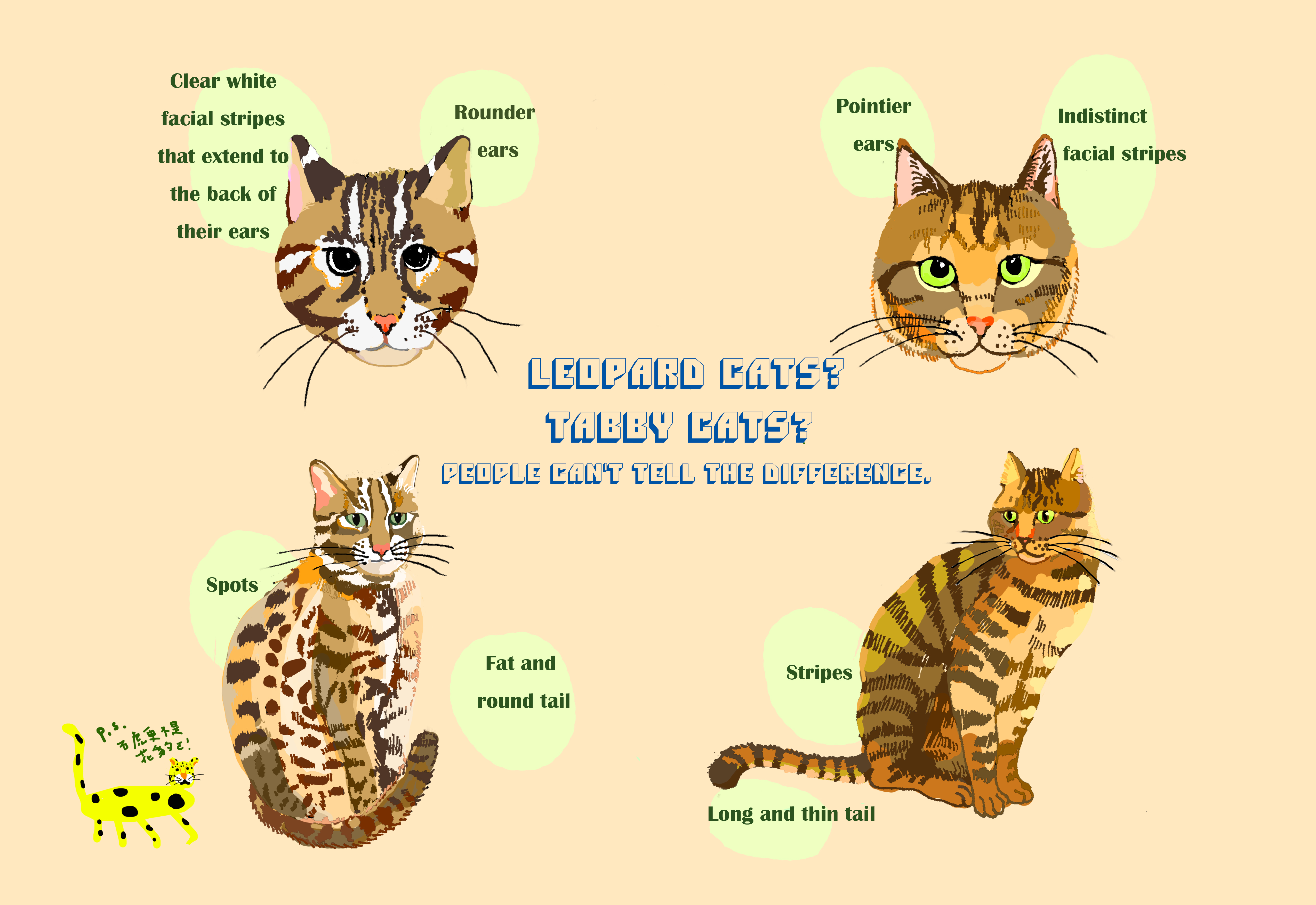
1. Leopard Cats? Tabby Cats? People can’t tell the difference.
2. I am different from domestic cats. Leopard cats cannot be raised at home. We are wild and enjoy our freedoms in the forest. We don’t bury our poop like domestic cats.
3. The mountains and forests are our home. Please treat them kindly. Let’s coexist as equals on this beautiful island of Taiwan.
4. Unlike leopard cats, we don’t get hit and killed by cars and motorcycles that drive down roads that now intrude through the forests. Watching the news, I can’t help but think of our different destinies. Although we look alike, our destinies are really different.
5. I am different from leopard cats. Most domestic cats treat humans as slaves. Domestic cats jump on their human companions, go where they please, and snore with satisfaction at night.
6. Pointier ears / rounder ears
7. Indistinct facial stripes / Clear white facial stripes that extend to the back of their ears.
8. spots / stripes
9. Long and thin tail / fat and round tail
——Hsu Jen-Hsiu, Title-less: The so Called Wilderness…
Hsu Jen-Hsiu is the founding chairman of The Society of Wilderness. He composed this widely cited poem on June 25th in 1995, the day this society was established.
𓇬 𓇬 𓇬
Hsiung Ku faced the direction in which Lao Shu Hsiang pointed and immediately saw a cat as large as a Formosan mountain dog walking up a dry creek bed. "I-it's...a real...leopard cat..." Hsiung Ku's blood coursed through his veins. His teeth and hands shivered with nervousness.
The leopard cat would run a few steps, stop, and raise its head to the left, then to the right, gazing around on full alert. Then, it turned around and carefully scanned the path it had just trodden, its two ears rotating, carefully attuned to catch any sound.
When it walked, the leopard cat's muscles moved in a rhythmic motion similar to that of a leopard.
Hsiung Ku couldn't help but admire the animal as he thought, "Only a wild animal could look this good while walking."
——Hsu Jen-Hsiu, "The Urchin and the Leopard Cat," Home in Jiuqionglin.
The story is set in Xinpu, Hsinchu. It tells of everyday life in the countryside and the conflicts between man and the leopard cat through the eyes of an innocent child. The residents labelled the leopard cats as creatures that "kill for fun," when it is in fact their shrinking habitat that was forcing these animals to hunt livestock for food. As a result, the cats became increasingly threatened by animal traps and rabies.
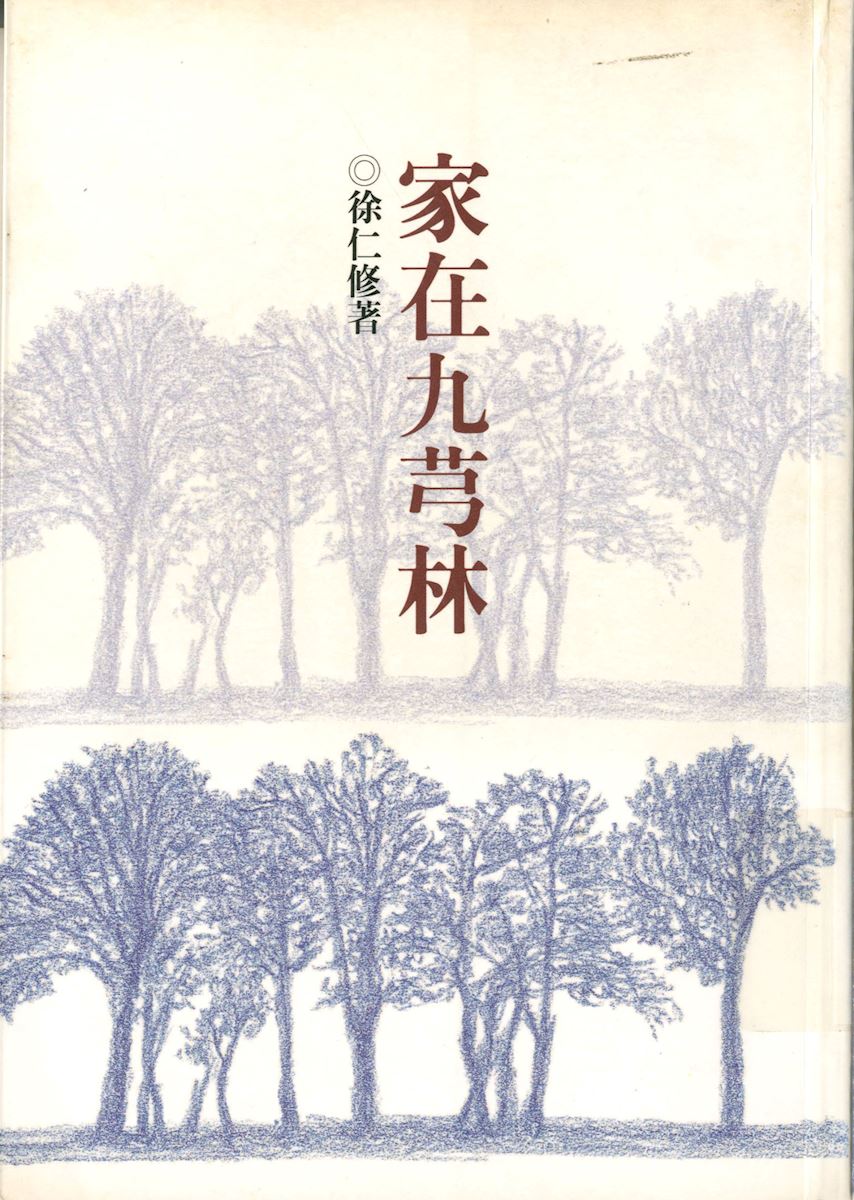
📖 Hsu Jen-Hsiu, Home in Jiuxionglin, Yuan-Liou Publishing Co. Ltd
This book, set in Hsu Jen-Hsiu’s hometown of Jiuxionglin, introduces its natural scenery and local customs.
🎬 Children of The Earth-Leopard Cat (Provided by: Taipei Zoo)
